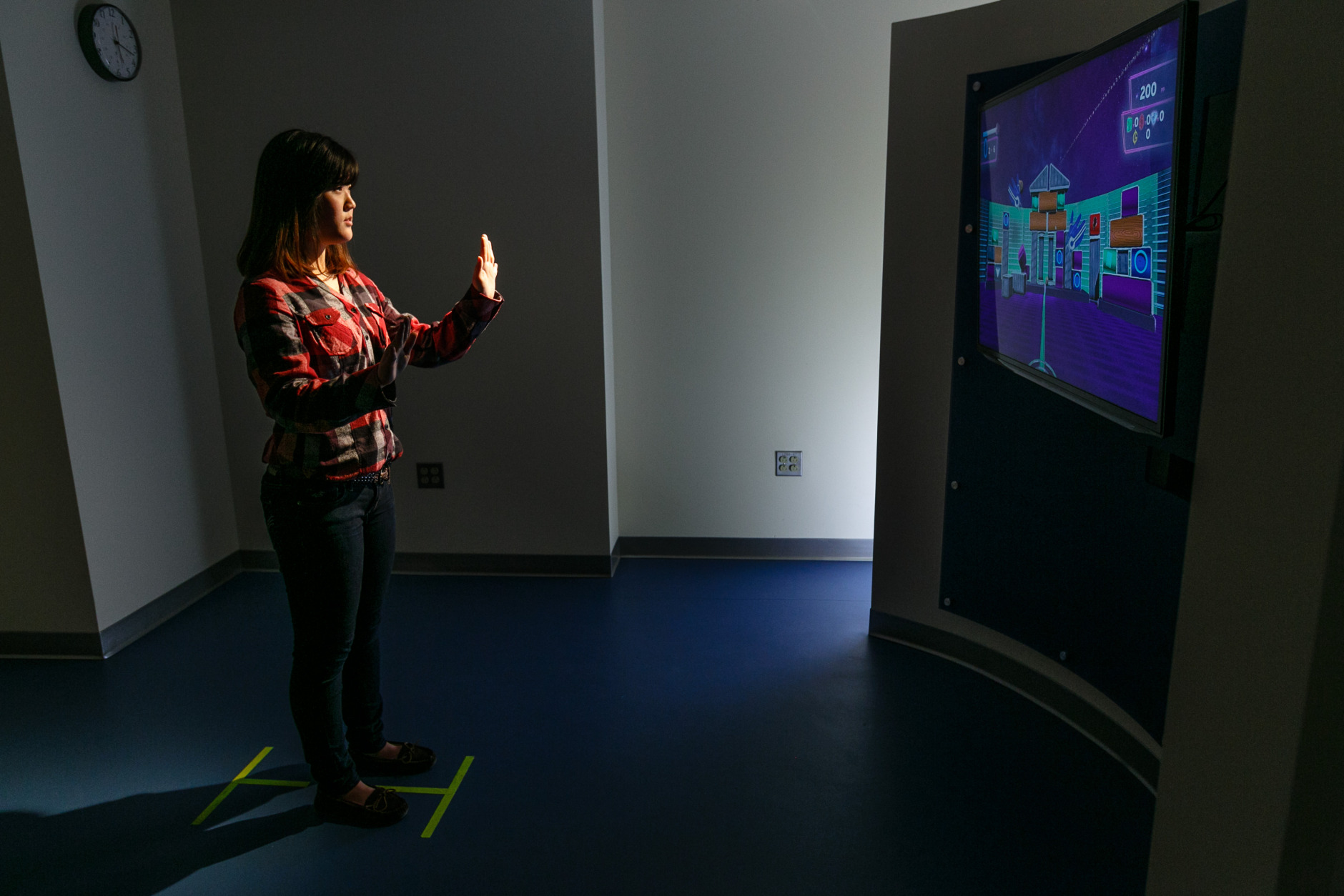
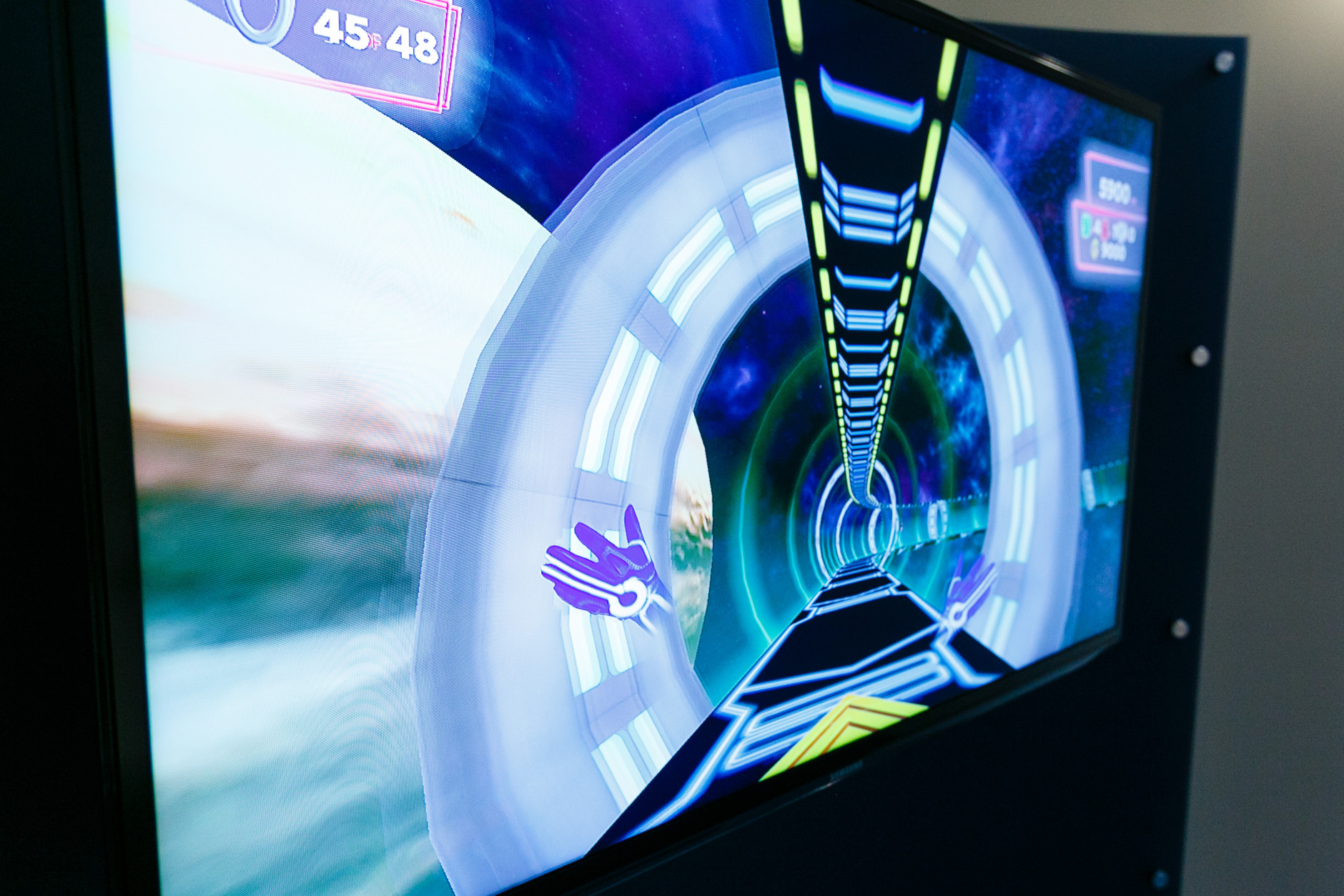
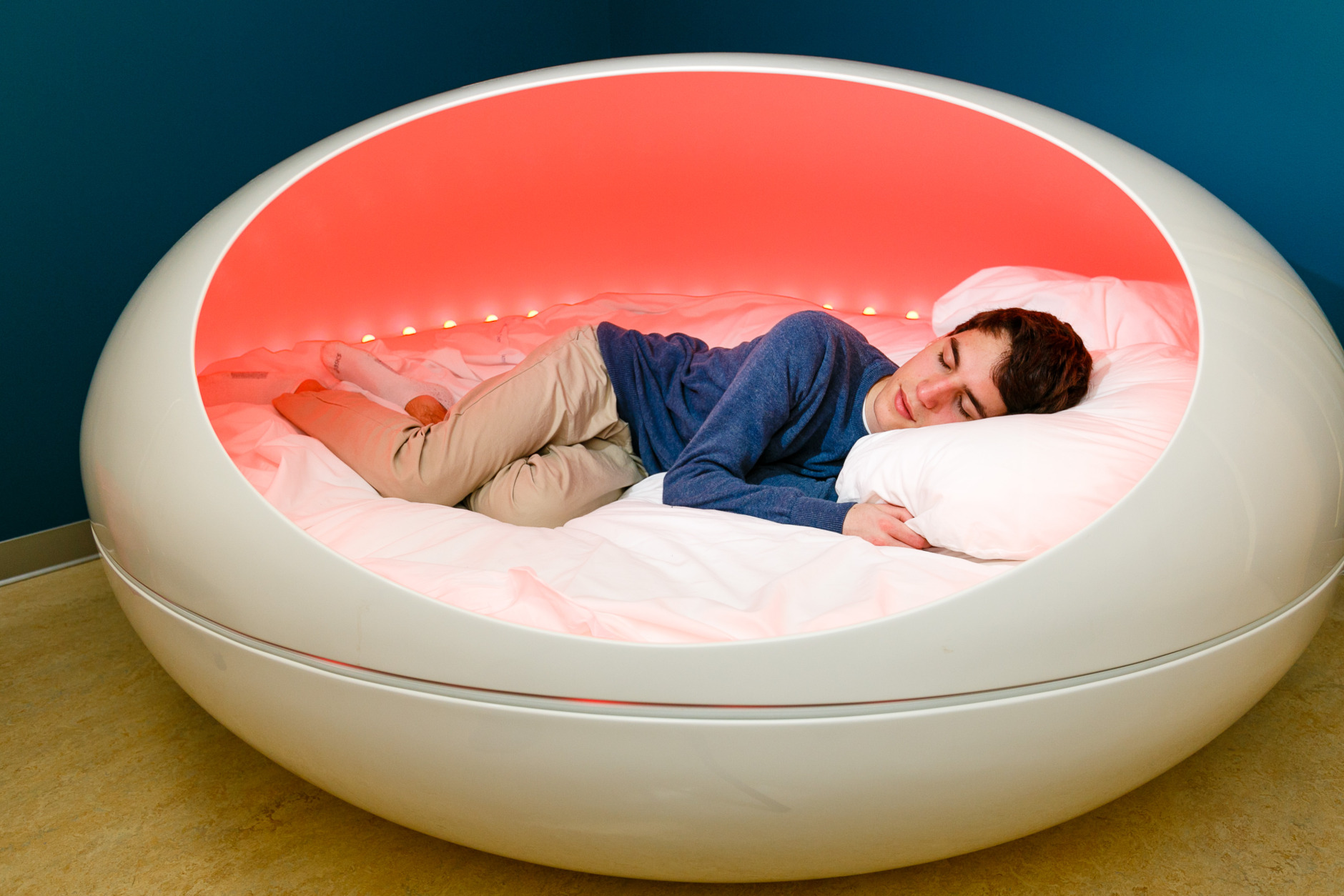


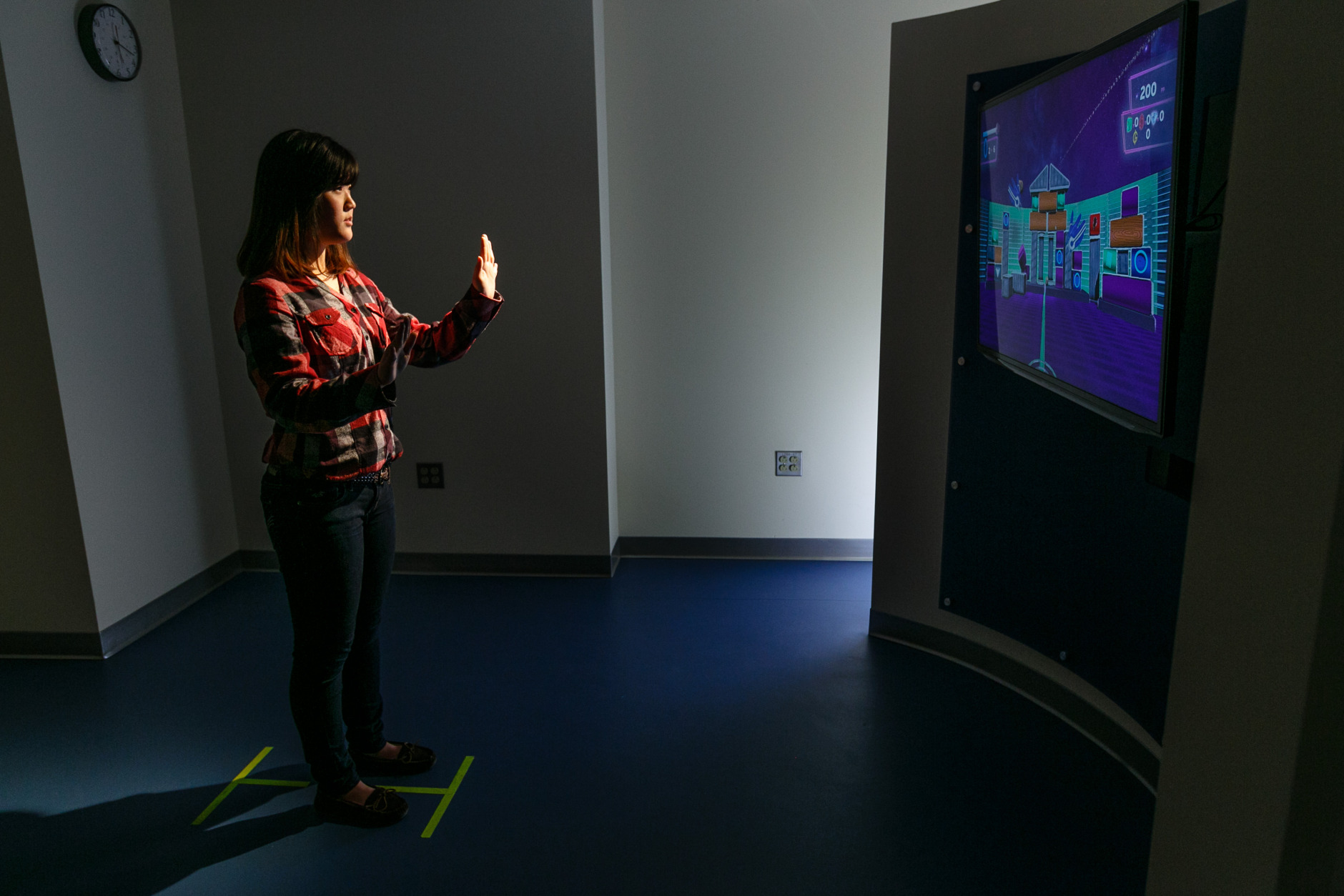
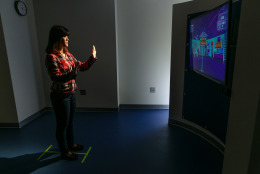
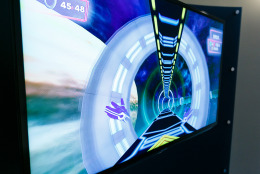
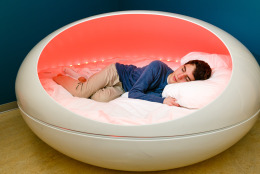
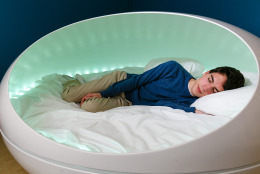
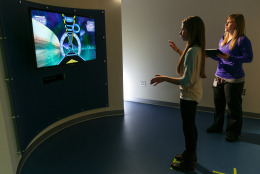
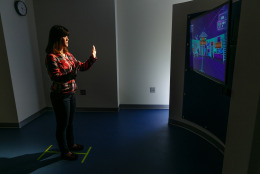
WASHINGTON – When is a video game considered more than entertainment? When it’s part of a revolutionary way to treat chronic pain in children.
According to Children’s National Medical Center, between 25-46 percent of patients younger than 18 experience pain on a daily basis for more than three months.
To help treat these children, a team of doctors at Children’s National Medical Center — in conjunction with the Sheikh Zayed Institute for Pediatric Surgical Innovation — developed an innovative approach to pediatric pain management. In fact, it’s the first program of its kind in the nation.
Dr. Sarah Rebstock, clinical director of the Pain Medicine Care Complex, says the new treatment may be the biggest advance in medicine — and especially in rehabilitative and pain medicine — in over 30 years.
“This clinic is cutting edge in its technology. We have had a lot of advancements in our knowledge of pain, but we have not had a lot of advancements in how we treat complex and ongoing pain,” Rebstock says.
The medical team behind the discovery says it has just begun to tap the surface of the issue: the possibilities of combining high-tech media systems with medicine are endless.
Patients in the Pain Medicine Care Complex do not reside in traditional hospital rooms. Their beds consist of an egg-shaped pod that delivers biofeedback.
“A child will lay there and it makes you feel like you are in a womb because it encloses you,” Rebstock explains. “(The lights in the beds) go from red to green as the child’s temperature gets warmer. They know they are in a good zone.”
Physical therapists work with the patients in a gaming room where children do rehabilitation exercises using special video games.
To a casual observer, the concept seems similar to a conventional gaming system. But the games played in the Pain Management Care Complex — which are based on Microsoft’s Kinect technology — are both diagnostic and therapeutic.
Rebstock says the center developed games that include specific movements each patient needs for rehabilitation. In addition to helping the patient through therapy exercises, the game unit also acts as a monitoring device, providing the medical team with immediate feedback and enabling doctors and therapists to fine- tune the therapy as it progresses.
According to Rebstock, the pain patients at Children’s have a greater range of movement with the video game than they do when engaging standard therapy. She says young children and babies also benefit from the multi-sensory approach at the clinic, which incorporates light, sound and aromatherapy.
The center is completely out-patient, permitting the kids to spend as much time as possible with their families instead of in a hospital ward. And the time is rapidly approaching when many of the young patients will be able to complete their therapy at home with specially programed computer tablets linked to a TV.
In addition to pain-plagued children, the cutting-edge center is also helping pain patients with special needs. One child with autism was brought to the clinic. His only means of communication with the world is through an iPad.
Christie Baxter, the nurse manager for the clinic, says when the boy came to the pain center, he was transformed.
“He totally communicated with (the technology) and he did everything that it asked him to do and he was completely successful,” she says.
Rebstock says there are many other possible applications to the new brand of therapy.
“What we found out about innovation in this clinic is that it is like an iceberg. You know you are at the tip and you think,







